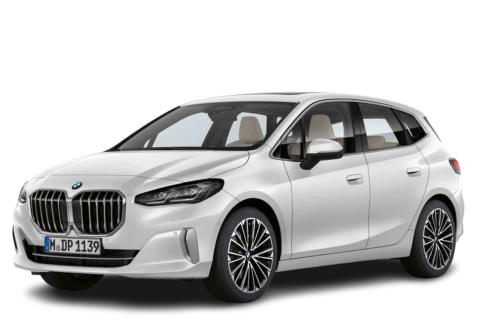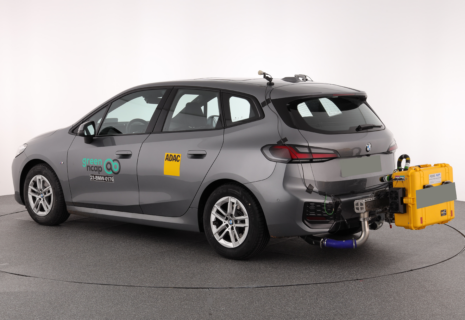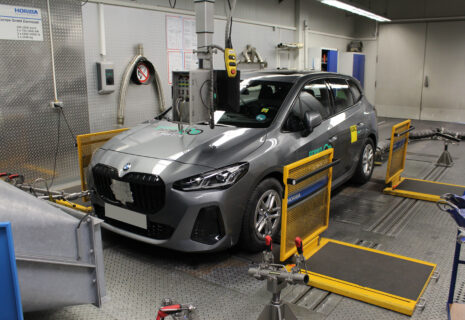BMW 2 Series Active Tourer 220i petrol FWD automatic
2024
51%
7.5
10
Clean Air Index
4.7
10
Energy Efficiency Index
3.1
10
Greenhouse Gas Index
| Laboratory Tests | NMHC | NOX | NH3 | CO | PN | |
|---|---|---|---|---|---|---|
| 7.210 | Cold Test | |||||
| 8.110 | Warm Test | |||||
| 7.410 | Highway | |||||
| Cold Ambient Test | Does not qualify for additional robustness testing | |||||
| Road Test | ||||||
| 7.710 | On-Road Drive | |||||
| 3.55 | On-Road Short Trip | |||||
| On-Road Heavy Load | Does not qualify for additional robustness testing | |||||
| On-Road Light Load | Does not qualify for additional robustness testing | |||||
| Congestion | Does not qualify for additional robustness testing | |||||
| Laboratory Tests | Energy | |||
|---|---|---|---|---|
| 5.110 | Cold Test | |||
| 5.510 | Warm Test | |||
| 3.510 | Highway | |||
| Cold Ambient Test | Does not qualify for additional robustness testing | |||
| Consumption | Driving Range | |||
| Average | 6.6l100 km | 828km | ||
| Worst-Case | 7.6l100 km | 715km | ||
| Greenhouse Gases | CO2 | N2O | CH4 | |
|---|---|---|---|---|
| 3.610 | Cold Test | |||
| 4.210 | Warm Test | |||
| 1.610 | Highway | |||
| Cold Ambient Test | Does not qualify for additional robustness testing | |||
Specifications
- Tested Car WBA71BX0207M3XXXX
- Publication Date 02 2024
- Vehicle Class Small Family Car
- Emissions Class Euro 6d AP
- Tyres 205/65 R16
- Mass 1,618 kg
- Engine Size 1,499 cc
- Power/Torque 125 kW/280 Nm
- Declared CO2 142 g/km
- Declared Consumption 6.3 l/100 km
- Heating Concept Waste heat








































































































































Our verdict
The BMW 220i Active Tourer tested here is a family hatchback with a 1.5 l turbocharged petrol engine providing 125 kW peak system power that is supported by a 48 V mild-hybrid system. The car demonstrates good exhaust aftertreatment, successfully minimising its polluting effect. The management of all gaseous pollutants is above average, but the abatement of particle emissions could be improved to deliver an even better result. Like most other fossil fuelled cars, the 220i scores most poorly in the Greenhouse Gas part of the assessment due to the direct CO2 emissions from the combustion of the petrol. The consumption values are reasonable for a vehicle of this type – in the Highway Test 7.5 l/100 km are used and the real-world On-Road Drive was performed with 5.5 l/100 km. Overall, the BMW 220i Active Tourer completes Green NCAP's assessment with an Average Score of 51% and collects well-deserved 3.